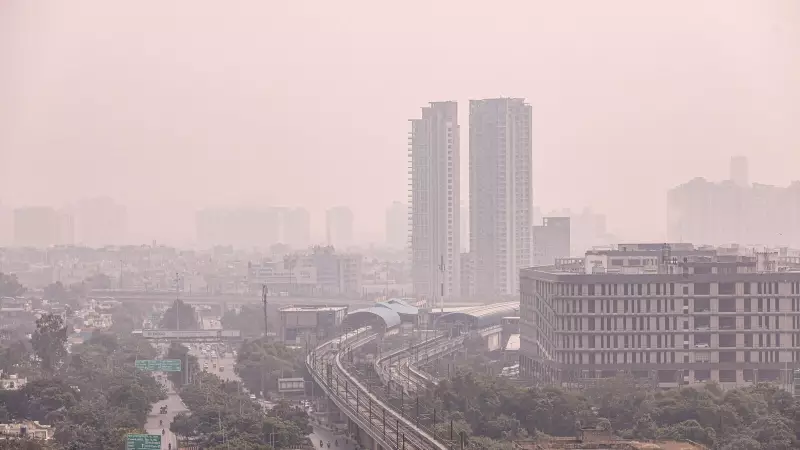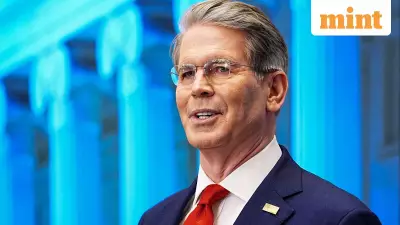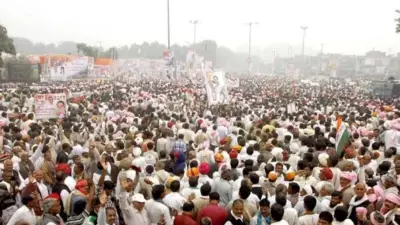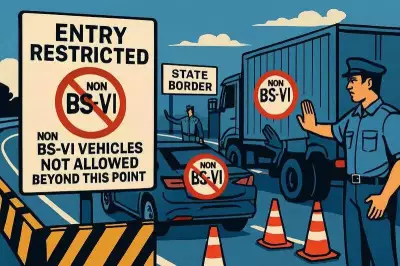
In a decisive move to combat the annual winter pollution crisis, Delhi authorities are rolling out a comprehensive action plan targeting major pollution sources. The strategy represents a significant shift toward electrification and stricter enforcement in the capital's fight for cleaner air.
Construction Sector Goes Electric
The government is pushing for widespread adoption of electric construction equipment, including excavators, bulldozers, and loaders. This initiative directly addresses one of Delhi's most visible pollution contributors, especially during winter months when air quality deteriorates dramatically.
Streamlining EV Charging Infrastructure
To support this electric transition, authorities are simplifying the process for setting up EV charging stations. The new measures aim to eliminate bureaucratic hurdles, making it easier for businesses and residential complexes to install charging facilities. This dual approach tackles both the source of pollution and the infrastructure needed for sustainable alternatives.
Stricter Enforcement and Monitoring
The Graded Response Action Plan (GRAP) will see enhanced implementation with:
- Increased monitoring of construction sites and industrial areas
- Strict penalties for violations of pollution control norms
- Real-time tracking of air quality parameters across the city
- Targeted action based on pollution severity levels
Why This Matters for Delhi
Delhi's winter air quality consistently ranks among the world's worst, posing serious health risks to residents. The construction sector has been identified as a major contributor to particulate matter pollution. By electrifying construction equipment and expanding charging infrastructure simultaneously, the government aims to create a sustainable solution rather than temporary fixes.
The success of this initiative could set a precedent for other Indian cities grappling with similar air quality challenges, marking a crucial step toward cleaner urban environments nationwide.





